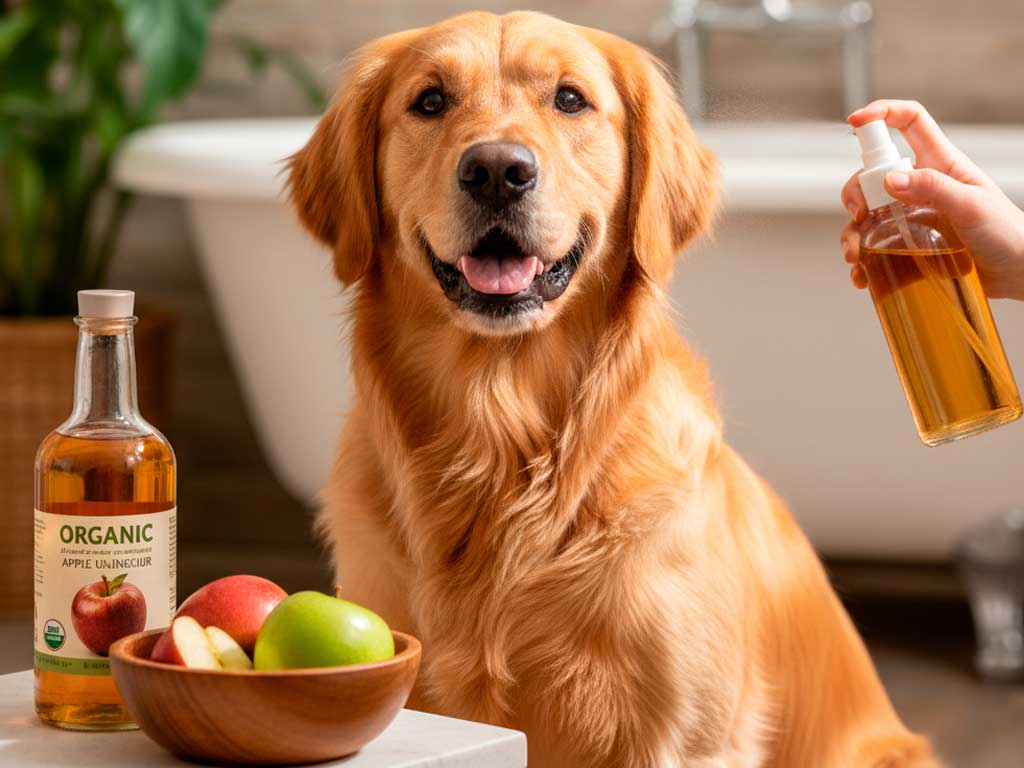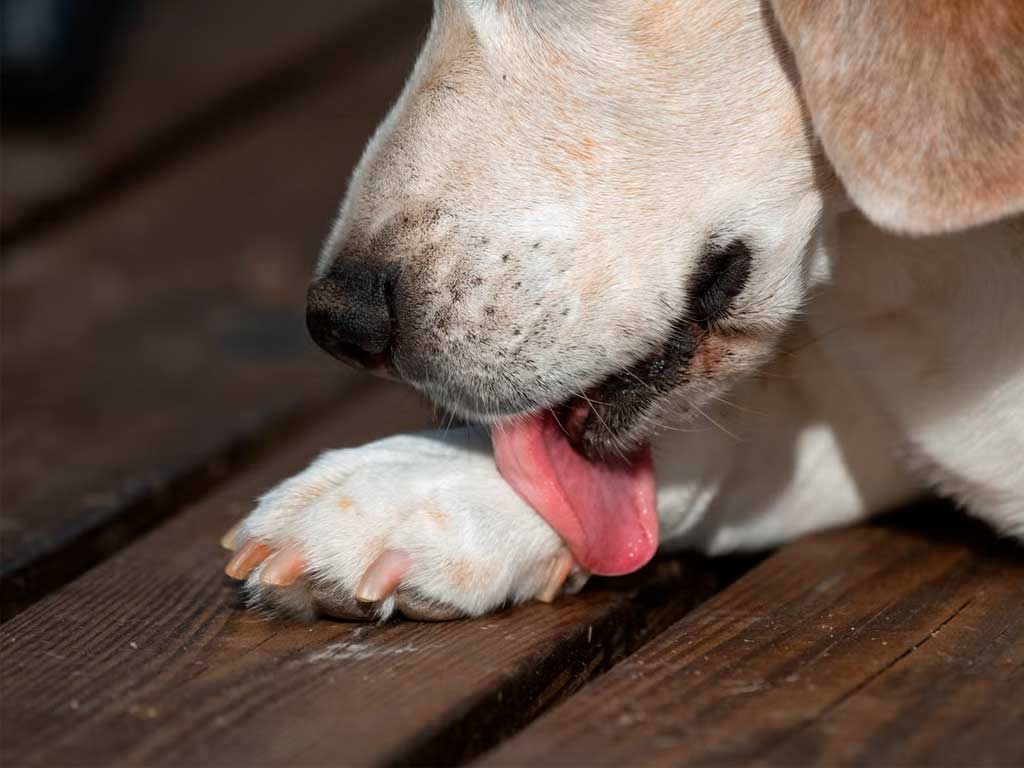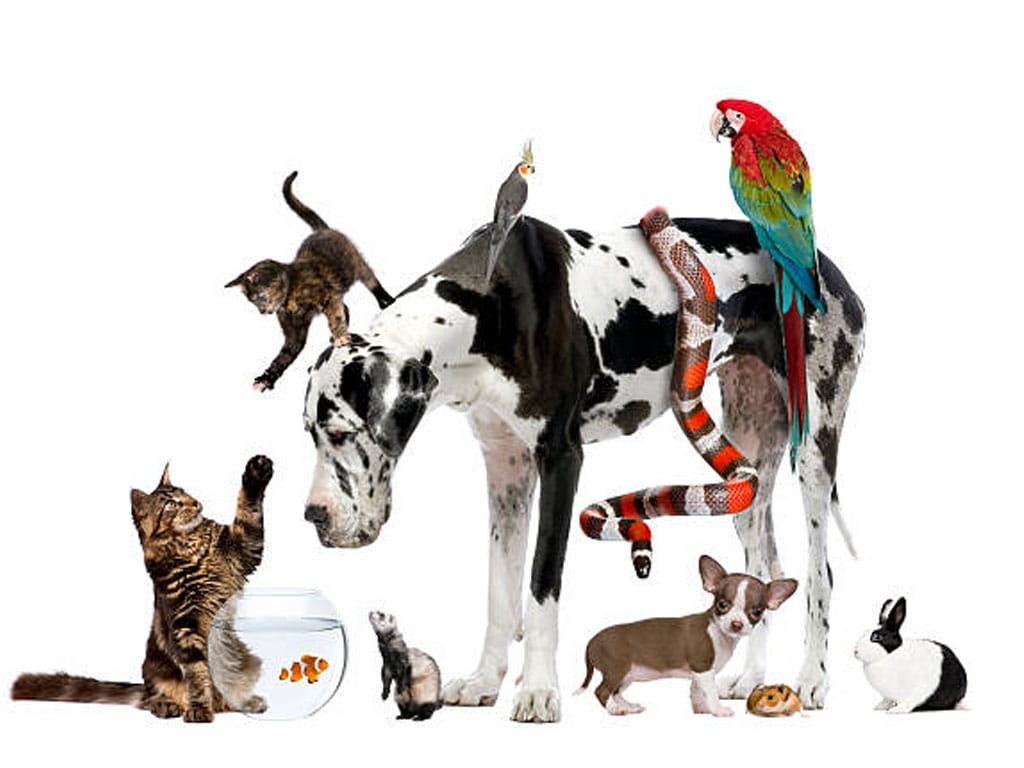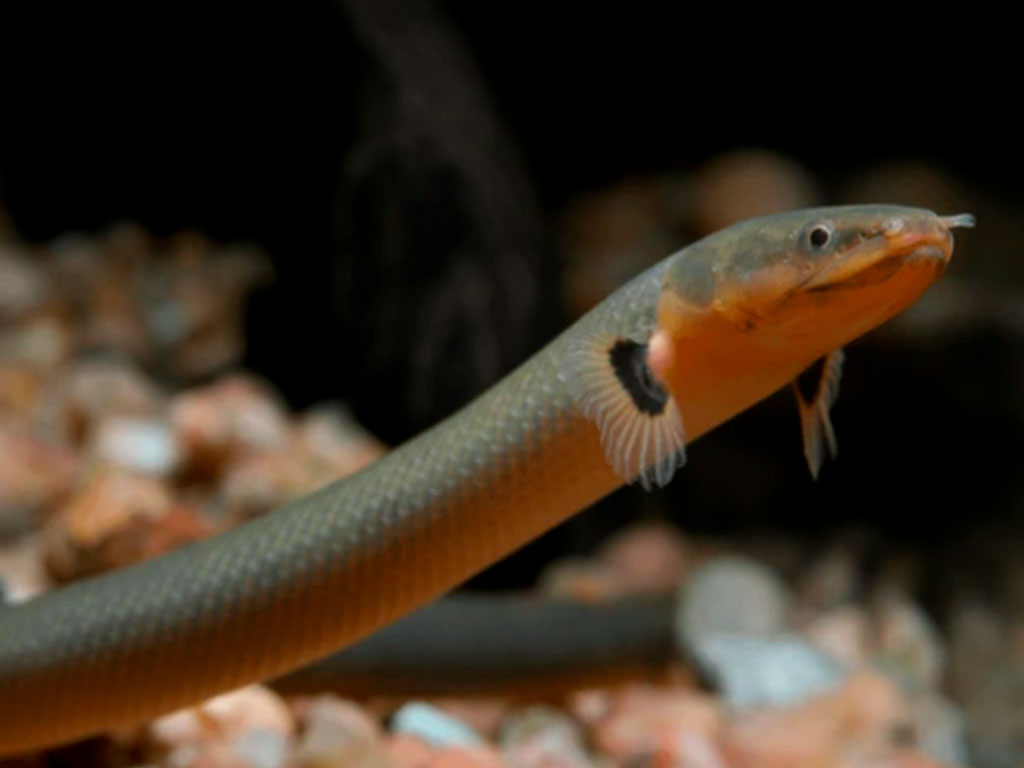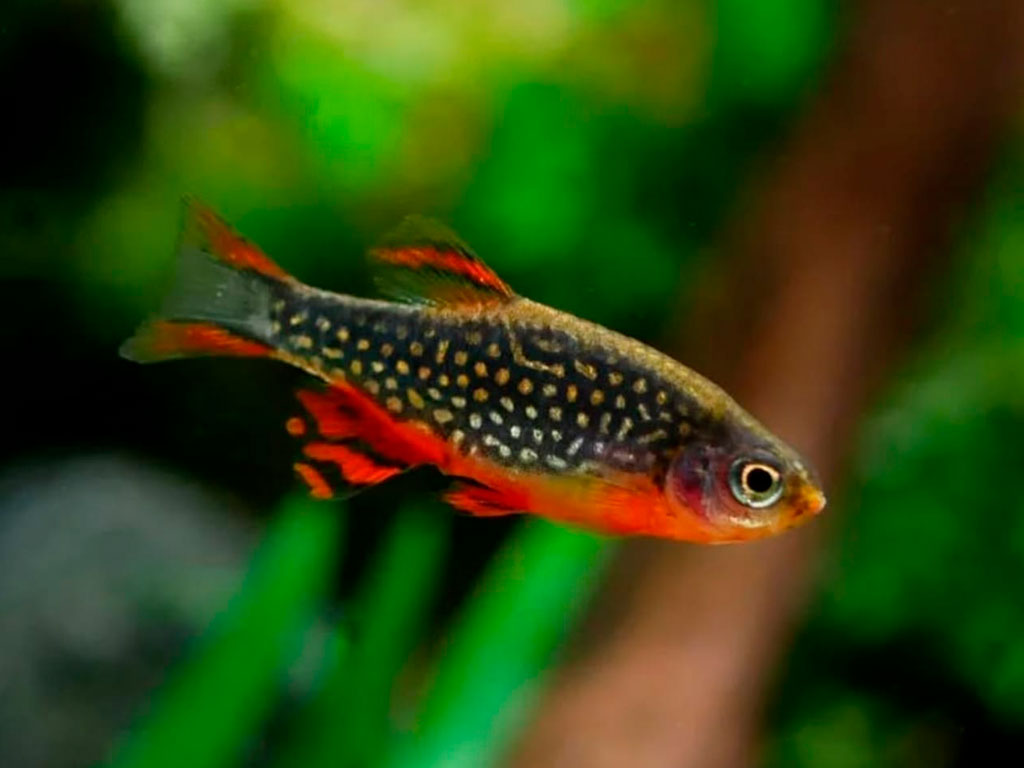As devoted dog parents, we are always on the lookout for natural, effective, and affordable ways to keep our beloved companions healthy and happy. While there is a vast market of specialized shampoos, conditioners, and supplements, sometimes the most powerful remedies are the ones we already have right in our pantry.
One such product, highly valued in holistic veterinary practice for its diverse dermatological benefits, is Apple Cider Vinegar (ACV).
This simple, naturally fermented product offers four major advantages for your dog’s skin and coat health. We will explore these benefits, detail why they are so effective, and provide the exact methodology for safe and successful application, ensuring you get the maximum value from a minimal investment.
Understanding the Magic of Apple Cider Vinegar
Before diving into the specific uses, it is helpful to understand why ACV is such a powerhouse ingredient. At its core, ACV is a source of Potassium, natural fatty acids, and, most importantly, Acetic Acid. These components work synergistically to address common canine coat and skin issues.
In a general sense, ACV is known to:
- Significantly enhance the natural luster and softness of the coat.
- Provide potent anti-inflammatory, antifungal, and antibacterial properties.
These general effects can be grouped into four distinct and highly valuable benefits for your dog’s grooming routine.
Benefit 1: Unlocking Maximum Shine and Hydration
Do you ever look at your dog’s fur and wish it had a little more oomph? That glossy, vibrant shine that indicates true health? A dull coat is a common issue, often due to mineral deficiencies, environmental factors, or a buildup of residue from grooming products.
The Science Behind the Luster
Apple Cider Vinegar is rich in Potassium, an essential mineral that plays a crucial role in maintaining healthy hair structure. Furthermore, the natural fatty acids present in ACV are perfect for hair repair and conditioning.
When the coat is rough or appears fragile—an issue particularly common during seasonal changes like fall—it is because the hair’s cuticle, the outermost protective layer, is raised. ACV’s slightly acidic nature (thanks to the Acetic Acid) works as a natural conditioner and rinse. It helps to smooth and flatten the cuticle, sealing the hair shaft. This process not only makes the hair feel silkier and more manageable but, by creating a smoother surface, it dramatically increases the hair’s ability to reflect light, resulting in that deep, enviable shine and vibrant color.
By incorporating an ACV rinse into your dog’s bath routine, you are essentially providing a potent, natural conditioning treatment that revitalizes the coat from the outside in.
Benefit 2: Rebalancing Skin pH for a Healthy Barrier
The skin is the body’s largest organ and acts as a primary defense barrier. For dogs, maintaining the correct pH balance of the skin is critical to keeping this barrier strong and resilient against pathogens.
The Role of pH in Canine Skin Health
A dog’s skin typically has a more neutral to alkaline pH than human skin. However, when the skin’s natural pH gets thrown off—due to harsh shampoos, diet, or underlying health issues—it creates an environment where harmful microorganisms can thrive.
This is where the second major benefit of ACV comes into play: re-establishing and maintaining a balanced skin pH.
When properly diluted and applied, ACV’s mild acidity helps to bring the skin’s surface back into a healthy range. A pH-balanced skin environment is inherently less hospitable to the proliferation of bacteria and fungi. This rebalancing effect is the foundation for ACV’s powerful antifungal and antibacterial capabilities. It is not just treating symptoms; it is addressing the core environment that allows skin problems to take root.
Benefit 3: Natural Prevention Against Fungal and Bacterial Issues
The pH-rebalancing effect discussed above leads directly to the third key advantage: ACV is an excellent, proactive tool for preventing common fungal (fungosis) and bacterial skin problems in dogs.
An Environment that Fights Pathogens
When the skin is stressed and its pH is disrupted, it becomes an open invitation for opportunistic pathogens. Dogs are naturally prone to certain skin conditions, and keeping the skin clean, calm, and correctly pH-adjusted is the best form of defense.
Because ACV acts as a mild, natural antiseptic and antifungal agent, its consistent, diluted application can help to inhibit the overgrowth of yeasts and bacteria on the skin’s surface. This is particularly useful in dogs prone to:
- Mild, intermittent itchiness.
- Seasonal or weather-related skin irritations.
- “Hot spots” or areas where minor skin proliferation has started.
Instead of waiting for a problem to escalate into a full-blown infection requiring veterinary medication, using ACV as a preventative rinse or spot treatment supports the dog’s natural defense mechanisms, keeping the skin flora in harmony.
Benefit 4: A Potent and Affordable Parasite Repellent
Perhaps the most common and well-known application of Apple Cider Vinegar for dogs is its role as a natural, non-toxic repellent against external parasites. This is a favorite method for many pet owners looking to reduce their reliance on chemical treatments.
Keeping Fleas and Ticks at Bay
The unique scent and taste of diluted ACV, while not unpleasant to humans, is highly unfavorable to common pet parasites, including fleas and ticks. When applied to the dog’s coat, the vinegar residue acts as an environmental deterrent, making the dog a much less appealing host for these pests.
It is crucial to understand that ACV is not a standalone treatment for an active, heavy infestation. If your dog is covered in fleas or ticks, you need a veterinarian-recommended treatment. However, ACV excels as a preventative measure that, with consistent use, can help prevent your dog from continuously picking up fleas and ticks.
Given the reality that ticks and fleas can be a year-round issue—and anyone who says otherwise is misinformed—incorporating ACV into your routine before or after outdoor exposure provides an extra layer of defense against these persistent pests.
Application Methodology: How to Use Apple Cider Vinegar Safely
The key to unlocking all four of these magnificent benefits is using the product correctly. Improper application can cause irritation, so strictly adhere to these guidelines.
1. Source and Quality
To maximize the benefits, you should ideally seek out an Organic, Unfiltered, and Raw Apple Cider Vinegar. These varieties contain the “mother,” a cloudy collection of beneficial bacteria, proteins, and enzymes formed during fermentation, which holds the greatest concentration of the desired components.
- Recommendation: If you can afford the slight extra cost, use the organic, raw, and unfiltered ACV.
- Alternative: If not, use what you have. Any standard ACV is better than none.
2. The Golden Rule: Always Dilute!
It is absolutely vital that you never use ACV on your dog undiluted. Applying pure ACV can cause significant skin irritation and discomfort.
- The Dilution Ratio: The product must be diluted to a 50% concentration.
- The Formula: Mix one part water with one equal part Apple Cider Vinegar.
- Example: 1 cup of water mixed with 1 cup of ACV.
Once diluted, this mixture is safe and effective for the following methods of application:
3. Application Method A: The Conditioning pH Rinse (For Shine and Coat Repair)
This method is the best way to utilize ACV for Benefits 1 (Shine) and 2/3 (pH Balance and Prevention).
- Prep the Dog: Place your dog in the bath or shower.
- Shampoo: Wash your dog using a gentle, quality shampoo. A natural, oatmeal-based formula is highly recommended.
- Rinse Thoroughly: Rinse all the shampoo residue completely from the coat.
- Apply ACV Mixture: With the coat still wet, take a generous amount of your 50% diluted ACV mixture and pour or sprinkle it over your dog’s entire body, avoiding the eyes and interior of the ears.
- Massage and Wait: Gently massage the mixture into the coat and skin, working it through every layer. Allow the product to act for a crucial period of 3 to 5 minutes. This “soak time” is necessary for the Acetic Acid to interact with the cuticle and skin pH.
- Final Rinse and Dry: Thoroughly rinse the coat with clean water and then dry as normal. No other steps are needed.
4. Application Method B: Targeted Spot Treatment (For pH Balance and Prevention)
For regular preventative care or targeting specific areas prone to minor fungal or bacterial issues (Benefit 3), a spot treatment is ideal.
- The Method: Simply soak a piece of cotton or a gauze pad with the 50% diluted ACV mixture.
- Application: Gently rub the damp pad over the affected area of the dog’s skin.
- Frequency: This can be done once a day or every other day, depending on the need. Because the pH-rebalancing effect is long-lasting, you do not need to repeat it immediately.
5. Application Method C: The Anti-Parasite Spray and Wipe (For Repellency)
This method is primarily used for Benefit 4 (Parasite Repellent).
- The Spray: Keep a spray bottle filled with your 50% diluted ACV mixture.
- Routine Use: Before heading out for a walk or hike, lightly spritz your dog’s coat with the ACV mixture as a preventative measure, especially during seasons or times of the year when fleas and ticks are most prevalent—which, as mentioned, can be all year long now.
- The Targeted Wipe: Use a cotton ball or gauze soaked in the mixture for more specific or focal applications when you return home from a walk.
- Key Areas: Ticks and fleas often look for protected spots. Apply a wipe to areas such as:
- Between the toes and pads of the paws.
- The base of the tail.
- The posterior part of the ears (behind the flap).
- Just outside the ear canal to dislodge any debris or incoming parasites before they penetrate deeper.
- Key Areas: Ticks and fleas often look for protected spots. Apply a wipe to areas such as:
This more punctual use helps to keep those vulnerable zones less attractive to parasites without requiring a full-body bath.
Apple Cider Vinegar is one of the most effective, versatile, and economical natural tools a pet owner can have. For an investment of virtually nothing, you can achieve results that rival expensive, specialized products. From restoring a rich shine and softness to balancing the skin’s pH and offering a frontline defense against fungi, bacteria, fleas, and ticks, the benefits of this simple household staple are undeniable. By following the correct dilution and application instructions, you are using a tried-and-true method to support your dog’s dermatological health naturally.
FAQs
Does ACV actually kill fleas and ticks?
No. ACV is an effective natural repellent due to its scent and taste, making the dog’s coat an unfavorable environment for parasites. It is a preventative tool, not a treatment for an active, heavy infestation.
What kind of ACV should I buy for the best results?
For maximum benefits, we recommend using an Organic, Unfiltered, and Raw Apple Cider Vinegar that contains the “mother,” as this version retains the highest concentration of beneficial enzymes and proteins.
Can I use ACV to treat a fungal infection (like yeast) that my dog already has?
ACV is great for preventing the overgrowth of fungi and bacteria by rebalancing the skin’s pH. If your dog has a confirmed, active, and severe infection, you should consult your veterinarian for specific medicinal treatment.
How long should I leave the ACV rinse on my dog before rinsing it off?
For the ACV to properly smooth the hair cuticle and adjust the skin’s pH, you should allow the mixture to act for a crucial period of 3 to 5 minutes before the final rinse.
Can I spray the ACV mixture around my dog’s eyes or in their ears?
No. When applying the rinse or spray, you must avoid sensitive areas like the eyes, nostrils, and the interior of the ear canal. You can use a damp cotton ball to wipe the outer ear flap.
Will the vinegar smell stay on my dog’s coat?
No. If you use a final, thorough rinse after the 3-5 minute soak, the vinegar scent will dissipate quickly as the coat dries, leaving your dog smelling clean and natural.

